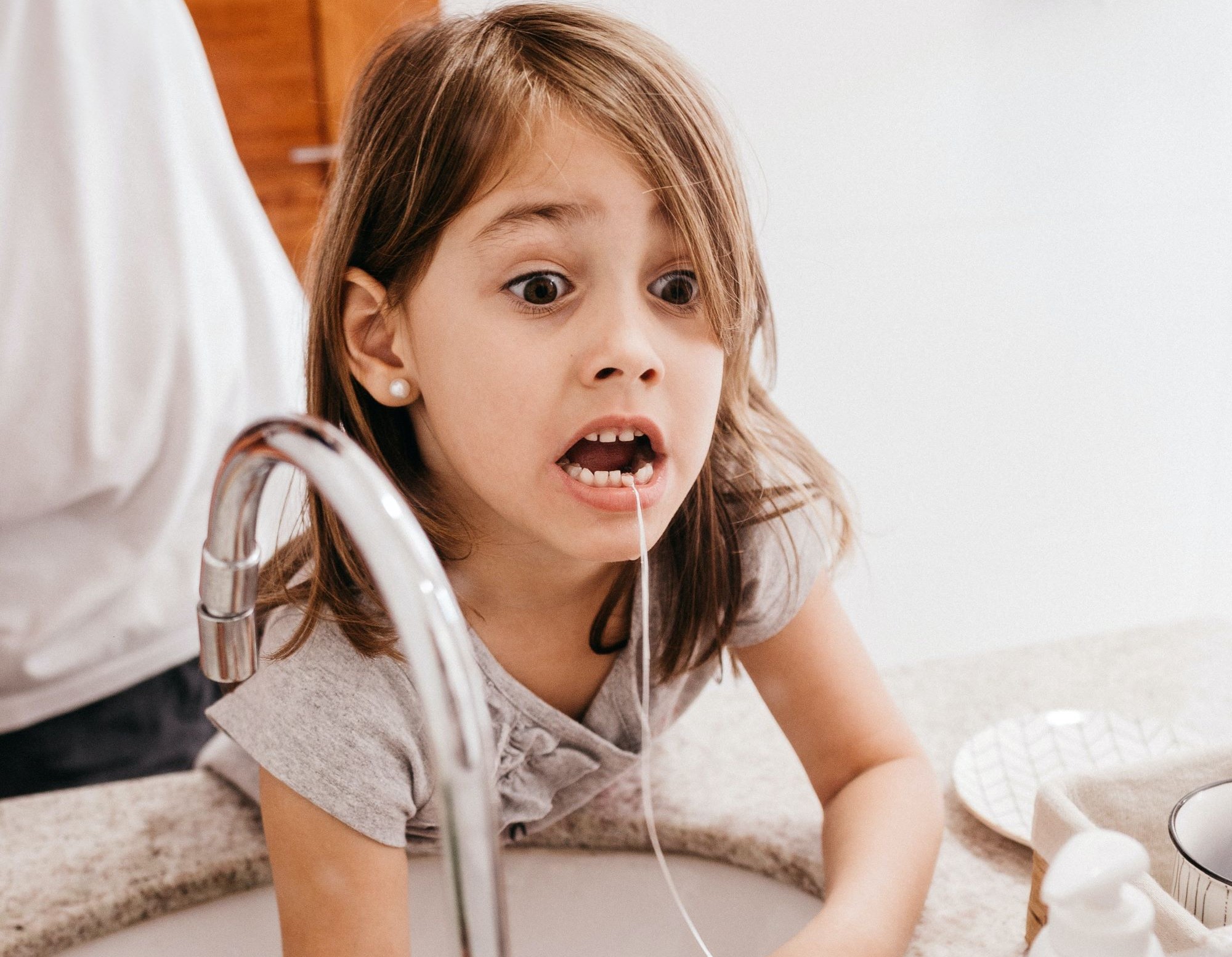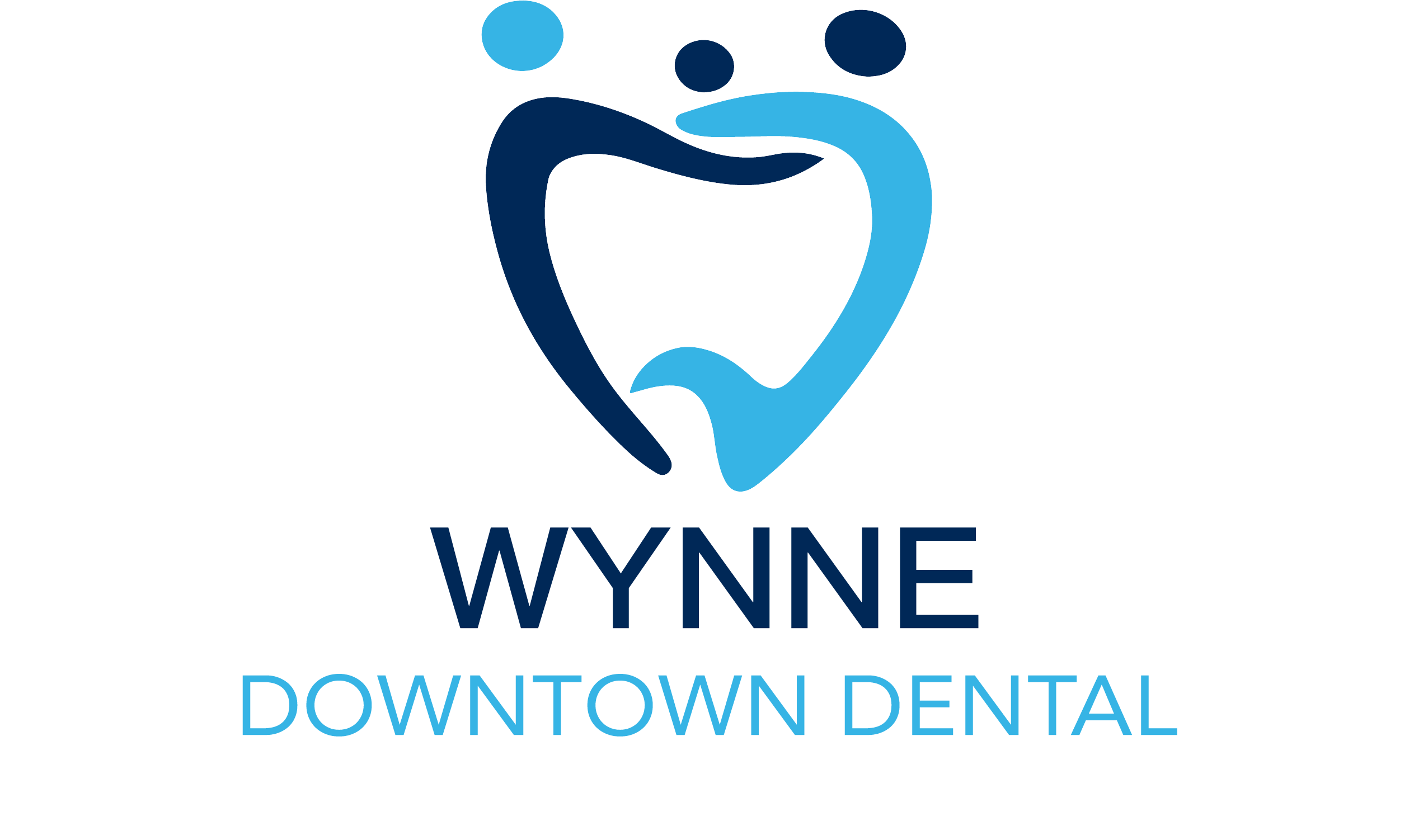
01 Feb Help! My Child’s Teeth are Stained
The verdict is in: Billy has had one too many Fruit Roll-Ups. You can’t really deny anymore—his teeth are pretty obviously yellow. He might be in perfectly good health otherwise. But somehow, Billy’s mouth looks like he’s been drinking Mountain Dew for years, and he’s only in the third grade. It’s time to do something about this.
If your experience as a parent sounds a little something like that, you’re not alone. There are many “Billys” in the world, and many concerned parents. Even kids get yellowed teeth, and even kids might get embarrassed over the discoloration. Kids and parents alike may want to know how they can make the stains go away. Today, we’ll talk about more than just that; we’ll go to the root of the problem. Why do teeth stain in the first place? How can you fix it? What can you say to a kid whose teeth have taken on a yellowish-brown hue? The safety of teeth whitening products for kids is a subject that experts are still exploring. However, there are a few things about teeth stains and whitening we do know, and that’s what we’ll cover today.
Why are they stained?
Poor dental hygiene
Perhaps the most obvious reason that the teeth of children develop stains is the failure to care for them properly. Even adults can develop discoloration due to the nearly inevitable presence of plaque in the mouth. But in children, who may lack the dexterity to brush or floss as well as they should or simply avoid brushing and flossing altogether, plaque is given a space to thrive. Over time, this will give the teeth that unpleasant yellowish hue.
Diet
What your child eats may be causing the discoloration of their teeth. Adults know that too much coffee or wine can leave a mark; the same goes for the electric-colored Gatorades and juice drinks that kids so love. If your child is ingesting too much fluoride, this will produce white spots across their teeth. Even certain medications, such as iron supplements, can even change the color of teeth.
Genetic predisposition
It may be that your child’s discolored teeth are the result of genetics. Dentinogenesis Imperfecta is the official term for the condition that can affect baby teeth and permanent teeth alike, which causes them to take on a gray, transparent hue. A similar condition, Amelogenesis Imperfecta, causes weakened, yellowish-brown teeth due to abnormal enamel formation. Either of these may be the root cause of the issue.
Trauma to the tooth
Sometimes, bleeding may occur within the tooth when it suffers trauma, such as a face-first fall into the concrete at the pool or a hard knock against the edge of the coffee table. The blood seeps through the dental nerves and colors the dental pulp. This makes the tooth appear a dull, grayish color. If only one or two teeth are appearing discolored, and the hue is more grayish than yellow-brown, it’s likely trauma to blame.
What can I do about it?
Supervise brushing and flossing
If you’re noticing yellow or even orange-hued stains on your child’s teeth, there’s a decent chance that the cause is a buildup of plaque. Maybe your kid started brushing their own teeth too early, and they really don’t have the dexterity to manage a toothbrush or floss string as well as they need to. Or, maybe you still brush for them, but they battle you so badly that more toothpaste gets on you than on their teeth. Maybe they tell you they brushed their teeth, but they hate it so much that they don’t always tell you the truth. Whatever the problem, that buildup of plaque needs to be dealt with.
Depending on their age and situation, you may need to brush for them or at least supervise their brushing and flossing until you’re sure that the job is being done thoroughly. You can also brush their teeth with adult toothpaste every few days, which is typically stronger than kids’ toothpaste.
Provide a well-balanced diet
Sugary, starchy, acidic foods can all spawn plaque if just left to sit on a child’s teeth. Instead of letting your kid have a bag of chips for a snack, try nature’s toothbrush—broccoli! We know that kids will make a face at first (hating broccoli is par for the course), but if you give it to them with some ranch dressing, they just might find that they like it after all. Or maybe you don’t go as far as broccoli—what about an afternoon snack of apples and peanut butter? Whole-food carbs, healthy fats, protein, tons of fiber all in one place—what more could their teeth want? (Healthline) Making teeth-friendly diet choices with and for your child is a great way to reduce the stains on their teeth and set them up for a lifetime of good dental health.
Brush with baking soda paste
If you’re ensuring good brushing and flossing and providing a nutritious diet, yet their teeth are still stained, you may want to try this age-old hack. Mix equal parts water and baking soda—about a tablespoon of each. Then, use this paste to brush your child’s teeth. Make sure they rinse their mouth out well so the gritty baking soda isn’t left behind. You can do this about three times a week. While this won’t produce as drastic results as, say, commercial Whitestrips, it’s a tried-and-true method that’s safe to do on kids. Because baking soda is a mild abrasive, it can scrub away the plaque, leaving you with brighter teeth. It’s even been said to reduce gum inflammation in the process.
Keep in mind that your child is simply genetically prone to yellowish teeth. Speak with the dentist at their next appointment; they can help you discern whether the family history reflects a genetic predisposition towards weak enamel and stained teeth. If it is the case that the discoloration is genetic, the best option may be to wait until the child is grown-up, and then opt for tooth restoration (such as a crown or a veneer) instead.
How can I talk to my kid about it?
If your child is embarrassed about the discoloration of their teeth, it may be an opening to explain to them just how important dental health is. Up until now, they might never have cared about brushing their teeth or understood why they had to endure flossing their teeth every single night. But if you explain to them that stains show up on plaque, and plaque grows when we don’t brush or floss our teeth (or don’t do a good job), then they might be a little more motivated to take better care of their oral health. While no one wants their child to have to undergo embarrassment or discomfort, it may serve as a teachable moment.
Final Thoughts
It’s important to note that our list of suggestions for improvement did not include bleaching on purpose. The American Association of Pediatric Dentistry (AAPD) discourages the use of at-home whitening treatments until age 14 or 15 (after all permanent teeth have come in). This is meant to reduce the risk of potential toxicity that the AAPD fears may occur due to teenagers overusing whitening products. So, if your son or daughter is below the age of 14, it’s best to stick with the methods that we discussed, or other natural, tested ways. If they’re above 14, they may be ready for a commercial whitener. Still, it’s best to supervise them in that process and proceed with caution.
Children’s teeth take on a yellowish hue for many reasons—poor diet, poor hygiene, and genetic predisposition, among others. If your child’s teeth are stained, they may experience a legitimate sense of embarrassment, discomfort, or fear of social rejection. Parents and children alike may seek a method of removing the stains. The best methods include excellent dental hygiene, a nutritious diet, brushing with baking soda, and using a gentle, age-appropriate whitening toothpaste. If you have questions or would simply like to schedule your next appointment, contact our office today.

About Our Team
With over 30 years of expertise in the field of dentistry, our team here at Wynne Downtown Dental is ready to meet your needs. We’re passionate about educating our patients on improving their oral health and helping our patients get the smile they deserve.
